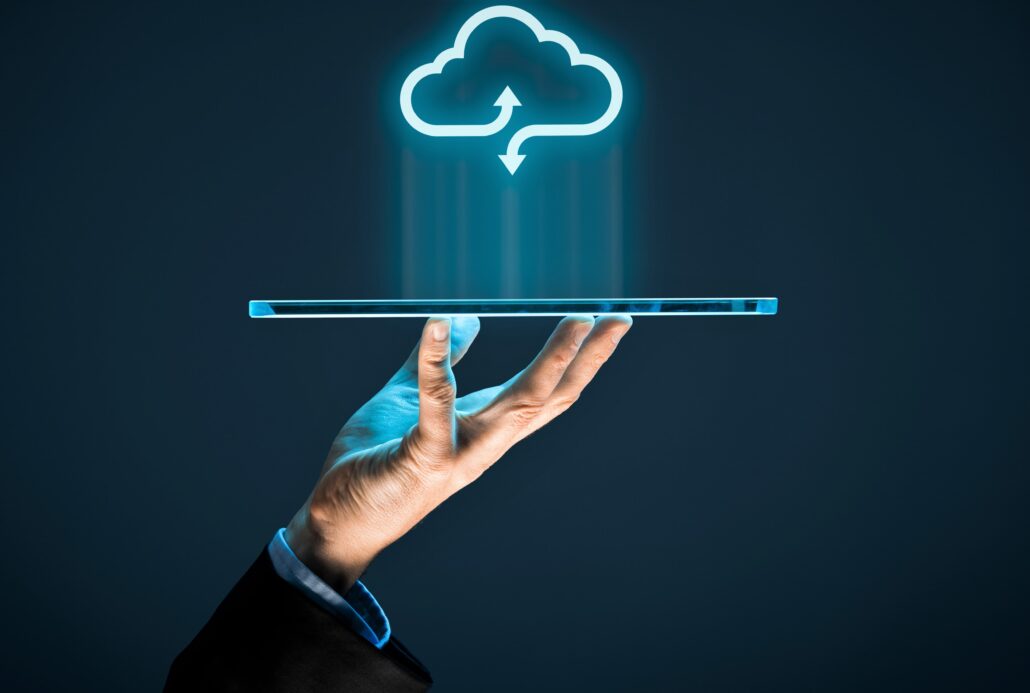Programming is a popular area of IT. It encompasses a wide range of constantly evolving technologies. Outdated trends are being replaced by new ones that focus on modern consumer preferences.
Cloud technology in programming
The cloud is a multifunctional environment for processing and storing information. The technology combines hardware and software resources, communication channels and technical support for users. Cloud servers allow you to host files, materials, correspondence and other data.

Cloud technology can also be used for computing, working with various software without being installed on a computer. The scope is incredibly broad, ranging from education to programming, and the speed of the cloud is directly linked to the quality of the internet connection.
The main task of the subject matter experts is to maintain the server at the required software level to perform its tasks. Cloud service developers are involved in designing the individual modules of the software platform, including writing code. An important part of a cloud programmer’s job is code debugging and fixing bugs. Proficiency in several programming languages is required.
Artificial intelligence and machine learning
Artificial Intelligence (AI) is a broad term describing, among other things, programming technologies based on machine learning systems. The use of AI makes it possible to solve many problems in the virtual and real world. This technology is related to most known fields – mathematics, statistics, probability theory, physics, signal processing, psychology, linguistics and others.
The principle of AI is based on the system absorbing large amounts of data with its analysis and self-learning. Already today, some chatbots not only reproduce models of texts embedded in them, but also provide a fairly realistic exchange of views with people.

Current developments in artificial intelligence and machine learning make it possible to achieve partial replacement of human AI, including programming capability, in the not too distant future. In this area, AI focuses on learning, reasoning and self-correction. An expert is required to program the system so that it performs data collection based on certain rules (algorithms). Artificial Intelligence can create highly complex algorithms on its own, and as quickly as possible, outperforming developers.
Containerisation and orchestration
The use of containers is one of the fastest growing modern IT technologies, built on the enterprise use of cloud services. This virtualisation model enables applications to run in containers with complete independence from the infrastructure and reduced resource consumption.
Containerisation is directly related to orchestration, which allows coordinated interaction between multiple containers. Orchestration provides greater flexibility and scalability, and increases the security of the virtual platform. Orchestration allows you to create a single environment from a number of containers that can be changed as needed.
There are many software platforms available for container orchestration. These development tools provide the ability to implement convenient and efficient deployment tools with the construction of a centralised management console. Kubernetes, DockerSwarm, ApacheMesos, Nomad, Fleet, Aurora, AmazonEC2 and MicrosoftAzure are most popular with programmers.
DevOps
The term is derived from development&operations. DevOps uses methodologies to automate process assembly, configuration and deployment of software environments. The technology involves interaction between developers and IT maintenance specialists, allowing software creation and updating processes to be organised more efficiently.
DevOps is a multi-category toolkit that includes code development/analysis, integration, build, testing, packaging, release, customization, monitoring, software product delivery. Examples of DevOps programming technologies are container management services (Docker, Kubernetes), continuous integration (Jenkins, GitLab), template-based deployment (Puppet, Ansible, Terraform).
Development and mobile devices
Mobile app development covers all the processes involved in creating and publishing software, writing code and deploying software. It also includes modern web programming technologies. Mobile devices in this case refer to portable electronic gadgets – smartphones, tablets, laptops, smart watches, e-books, game consoles.
Software development related to the creation and release of mobile applications takes place in several stages. These are setting up the technical architecture and stack, defining milestones and the development cycle, and coding. Platforms allow the development, creation, testing and debugging of software. In some cases, they can be used to deploy and manage the applications that are created.
Mobile software developers use both external and internal tools for their work. These are cross-platform systems (Xamarin) and environments for them (Visual Studio). Low-Code Development Platform tools are the easiest way to create professional-level mobile apps without experience or technical background.
Programming remains the most sought-after area of IT. Readers can find out more about future trends in this field on our blog.

